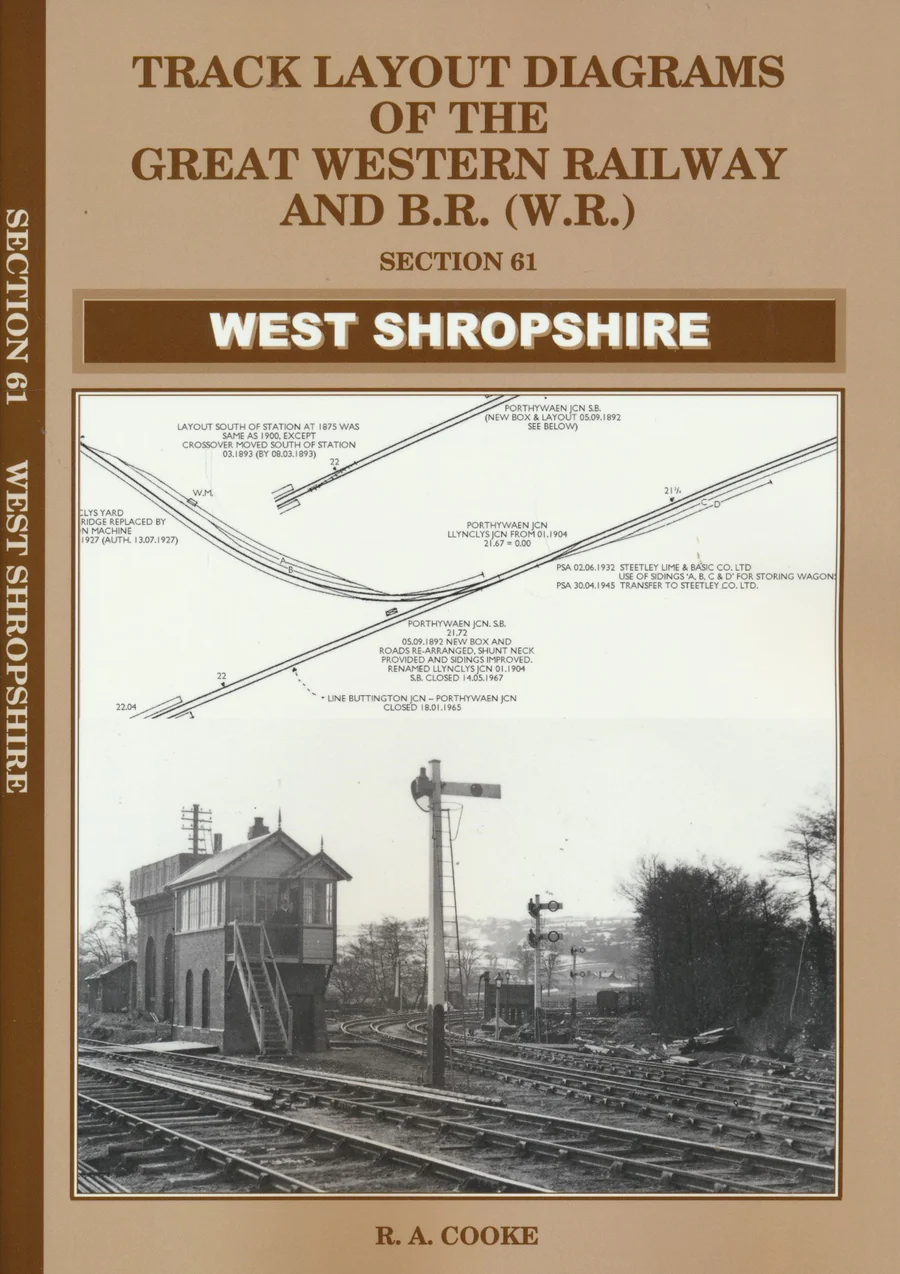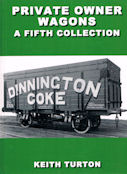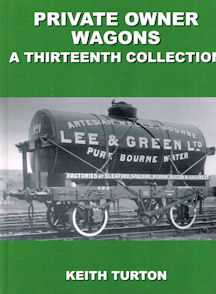A Complete Guide to the Engine Houses of East Cornwall and Devon

Condition: Excellent
Published by: Lightmoor Press
Author: Damian Nance, Kenneth Brown & Tony Clarke
A Complete Guide to the Engine Houses of East Cornwall and Devon
Nowhere in the world has metal mining been of greater importance than it has in Cornwall and Devon, and it is in recognition of this extraordinary heritage and the global influence of the pioneering technology developed here that the mining landscape of the two counties was named a UNESCO World Heritage Site in 2006 on a par with the Pyramids of Giza and the Great Wall of China. During the 19th century, Cornwall and neighbouring Devon produced most of the world's copper and tin, as well as significant amounts of lead, silver, arsenic, tungsten, zinc, iron and uranium. What made this unparalleled productivity possible was the development, pioneered by Cornishman Richard Trevithick, of the Cornish beam engine, a reciprocating steam engine capable of driving pumps that could keep the ever-deepening mines free of water. Although few of these great engines survive, many of the buildings in which they were housed remain to this day, forming characteristic features of the landscape that have come to symbolize the rich mining heritage of Cornwall and Devon. These now stand as silent monuments to the mining history for which the two counties were once justly famous. This book introduces these remarkable engine houses by providing an illustrated guide to those in East Cornwall and Devon using contemporary and archival photographs supplemented with brief descriptions of the engines the buildings once contained, simple interpretations of some of their key features, and short histories of the mines of which they were part. It is not an exhaustive treatment, nor is meant solely for the enthusiast, but rather, it provides an overview intended for all those interested in these historically important structures.
Softback, 152 pages, black & white and colour photographs
Please contact us for a quote for shipping outside the UK Mainland before ordering.





























